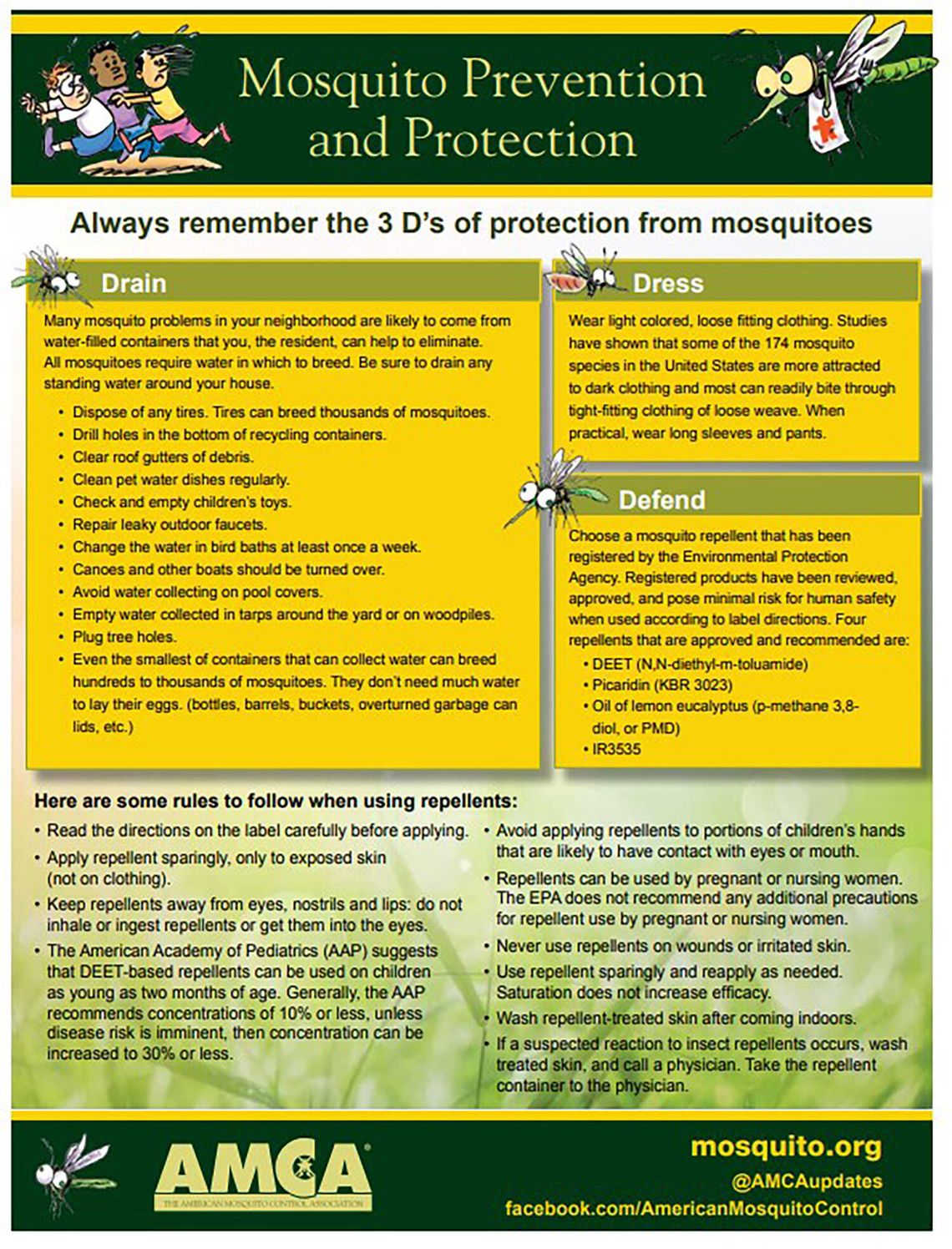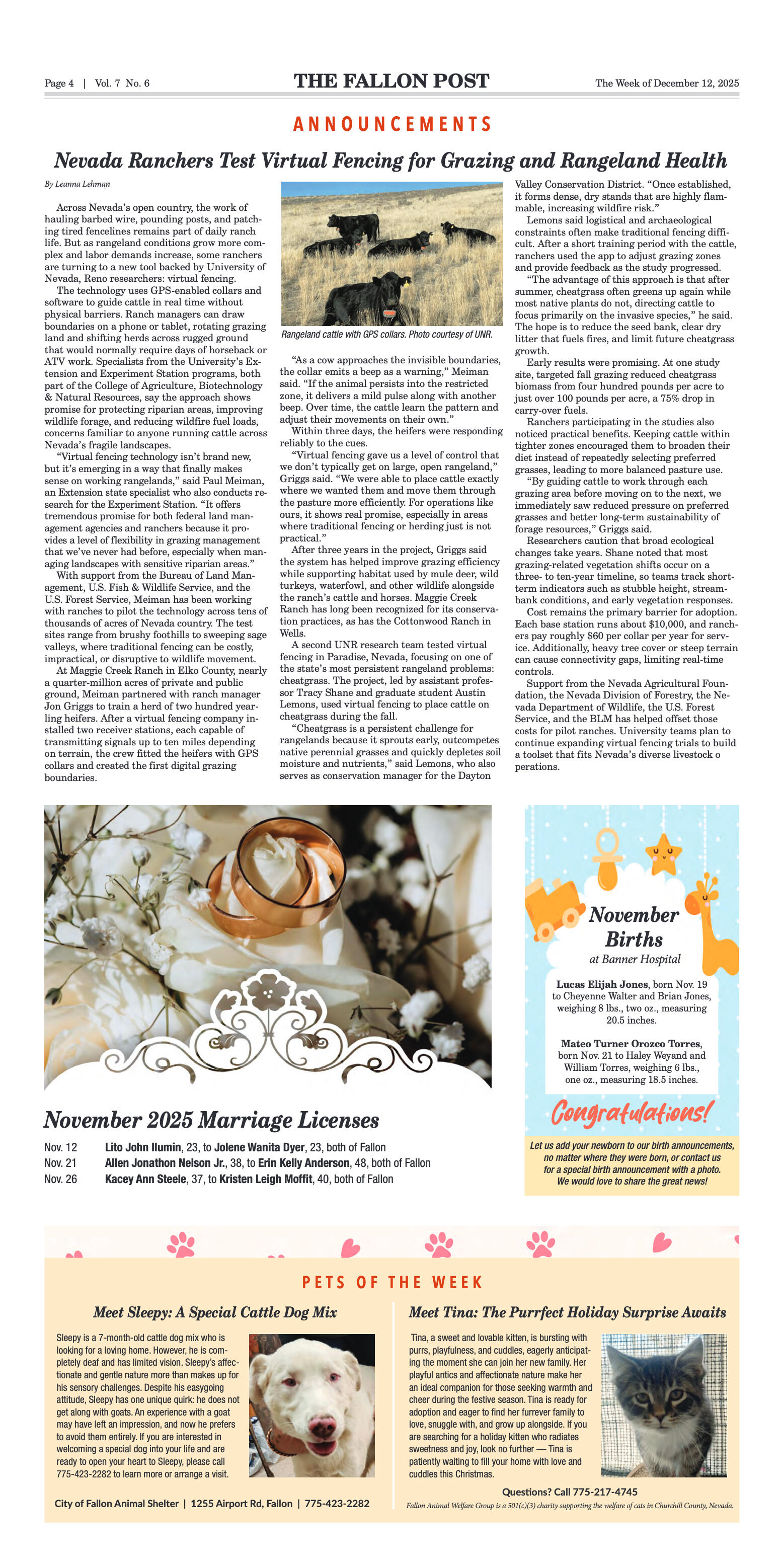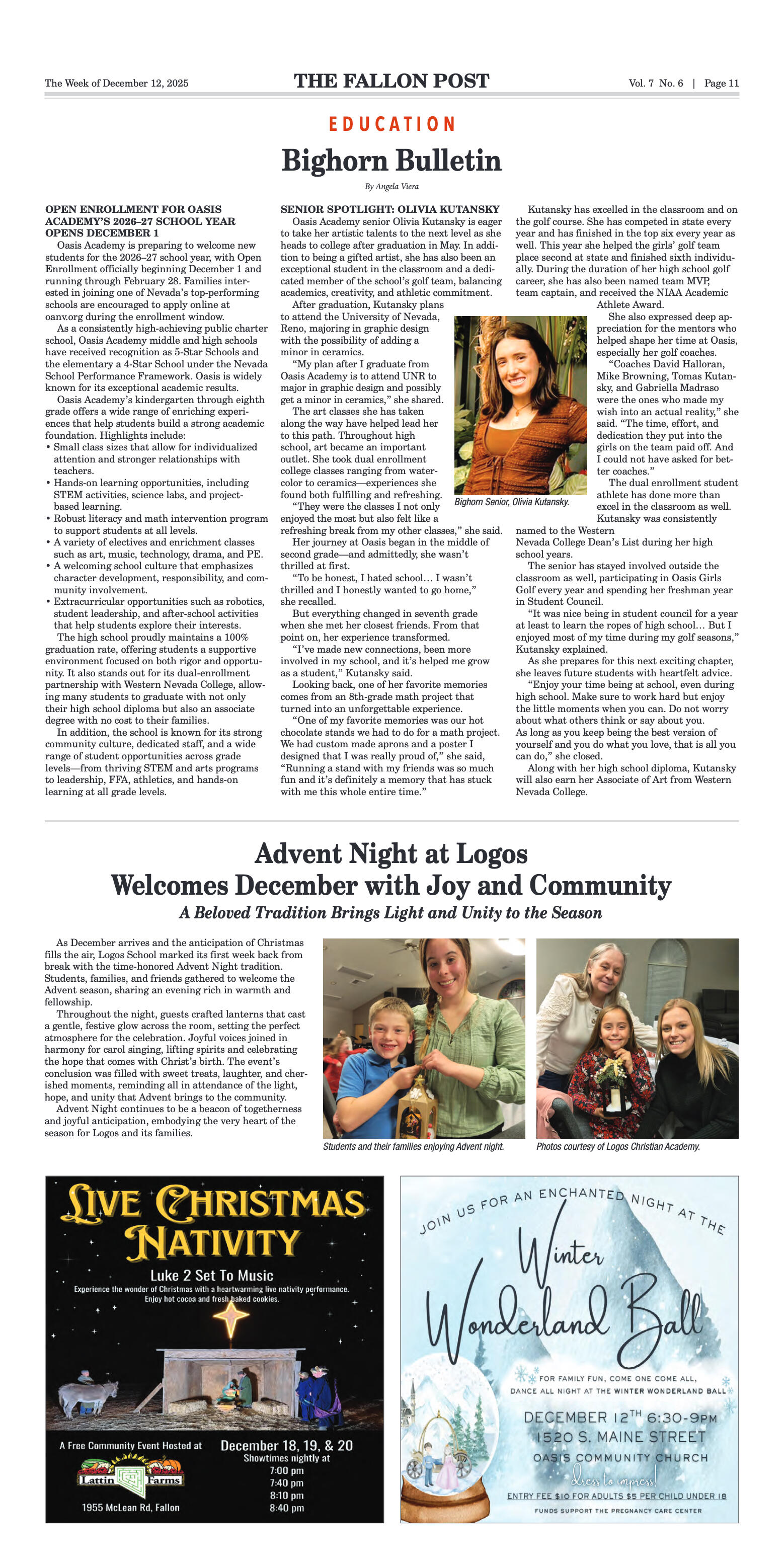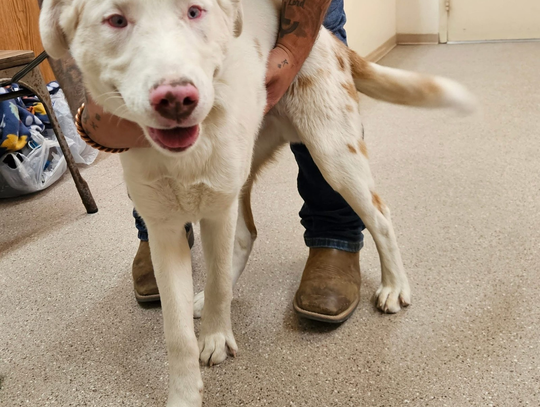On the surface, Churchill County's wide-open spaces might seem like a perfect springtime paradise, with lush alfalfa fields stretching under the Nevada sky, kids playing ball as the sun sets, and sprinklers ticking rhythmically in the distance. But lurking in puddles, ditches, and forgotten flowerpots is an annual menace with wings: mosquitoes. What some have called the official bird of the Lahontan Valley
Fortunately, Churchill County is home to a team of unsung heroes armed not with capes but sprayers and science. The team at Churchill County Mosquito, Vector, and Noxious Weed Abatement District works behind the scenes year-round to protect residents, livestock, and even pollinators from disease-carrying pests and invasive weeds.
What the district does isn't as simple as fogging fields with bug spray. It's a careful balance of timing, temperature, wind speed, topography, and biology. Their technicians monitor known water sources and conduct regular testing to identify larvae before they hatch—an everyday reminder: just four ounces of stagnant water can breed dozens of mosquitoes.
"People are often surprised to learn how precise mosquito control has to be," said one field tech. "We can't fog if the wind is too high or if the temperature is off. And we always check with residents about bee activity so we can avoid harming pollinators."
Bees, butterflies, and other pollinators are an integral part of the local ecosystem, and the Abatement District actively works to protect them, relying on community calls to identify hive locations and adjust treatment areas accordingly.
While the spring season ramps up mosquito activity, it also brings weed infestations. The district tackles those too, spraying pre-emergent herbicides along county roads and helping residents learn to manage noxious weeds on private property is part of their mission.
The district partners with the Lahontan Conservation District to offer free, weekly weed control classes. Upon completion, property owners receive herbicide and guidance for treating their own land.
"Private landowners are responsible for their own weeds," one technician explained, "but we're here to make sure they have the tools and knowledge to handle it. We'd rather work with folks than against them."
This spring, the mosquito abatement team has already responded to reports from across the community, including mosquito complaints at the softball fields. In that case, a technician quickly found and treated a likely source, reinforcing the district's reputation for responsiveness.
Their work is both preventative and reactive. From fogging neighborhoods to coordinating with parents, coaches, and property owners, the team is often out before dawn or after dark, timing treatments to minimize disruption and maximize effectiveness.
Leadership at the district is gauging interest and planning an Open House for a Saturday this June, to be determined, to give the public a peek at how they do what they do.
Employees plan to open the abatement facility for a few hours and invite the public to see how operations work. "We'll walk folks through the science behind vector control, demonstrate some of our equipment, and talk about the seasonal strategy we follow," one tech said.
As the Open House approaches, the district is asking for feedback. "Would you attend an Open House in June?" their social media post asks. "We'd love to know. Come see how we operate, ask questions, and learn what it takes to keep Churchill County bite-free."
Spoiler alert: it takes a lot more than bug spray.
If you are interested in the Open House or have mosquito/weed questions, call: 775-423-2828 or email [email protected]
Weed Class Info: 775-217-5273 (Lahontan Conservation District)












































Comment
Comments